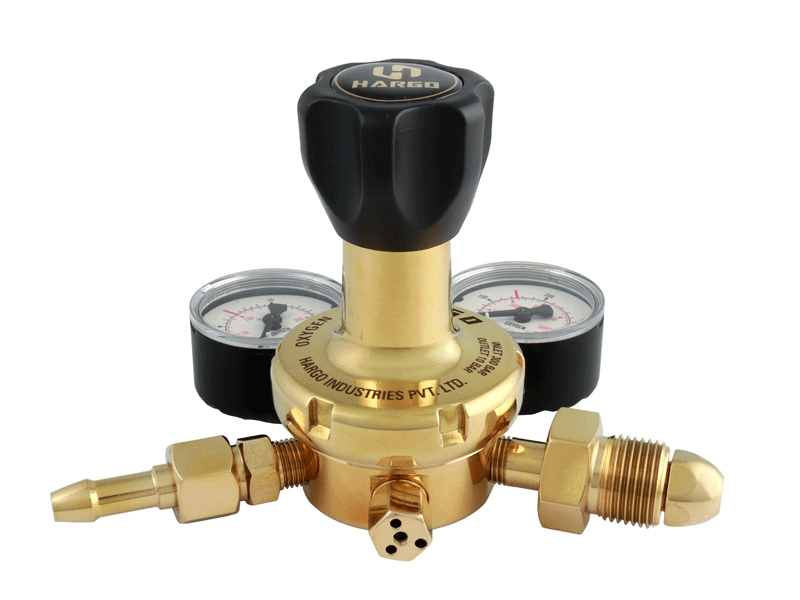When it comes to ensuring the safe and precise delivery of oxygen, understanding the specifications of an oxygen regulator is crucial. These specifications dictate the regulator’s performance, compatibility, and overall functionality. Here, we provide a comprehensive overview of the key specifications to consider when selecting an oxygen regulator:
Read More Related to topic:
- Oxygen Regulator
- Oxygen Regulator Types
- Oxygen Regulator Double Stage
- Oxygen Regulator Single Stage
- Oxygen Regulator Pressure Gauge
- Medical Oxygen Regulator
- Industrial Oxygen Regulator
- Oxygen Regulator with Flow Meter
- Oxygen Regulator Price
- Industrial Oxygen Regulator Price
- Oxygen Regulator Price in India
- Flow Rate Range:
The flow rate range is a critical specification. It determines the minimum and maximum flow rates that the regulator can deliver, typically measured in liters per minute (LPM). Choose a regulator that suits your specific oxygen therapy needs.
- Outlet Pressure:
The outlet pressure indicates the pressure at which oxygen is delivered from the regulator to the patient or medical device. It should be adjustable within a safe and clinically appropriate range.
- Gas Compatibility:
Ensure that the regulator is compatible with medical-grade oxygen and other gases if needed. Some regulators are designed for use with multiple gases, while others are specific to oxygen.
- Inlet Connection:
Check the type and size of the inlet connection. It must match the oxygen source or tank you intend to use, commonly available in CGA (Compressed Gas Association) standards.
- Outlet Connection:
The outlet connection should match the tubing or equipment you’ll be using for oxygen delivery. Common options include DISS (Diameter Index Safety System) and BS (British Standard) types.
- Pressure Gauge(s):
Many regulators are equipped with pressure gauges that display the cylinder pressure and/or outlet pressure. Gauges should be easy to read and provide accurate measurements.
- Material and Durability:
Look for regulators constructed from durable materials, such as brass or aluminum, to withstand frequent use and potential impacts.
- Safety Features:
Check for safety features like pressure relief valves to prevent over-pressurization and ensure patient safety.
- Type of Use:
Consider whether the regulator is designed for continuous flow or intermittent flow applications, as this can impact its suitability for your medical requirements.
- Compliance and Certification:
Ensure that the regulator complies with relevant industry standards and certifications, such as those from regulatory bodies like the FDA (U.S. Food and Drug Administration) or CE (Conformité Européene) marking for European markets.
- Weight and Portability:
Depending on your intended use, consider the weight and portability of the regulator, especially if it needs to be transported frequently.
- Manufacturer Reputation:
Opt for regulators from reputable manufacturers known for their quality, reliability, and customer support.
Understanding and carefully evaluating these specifications will help you choose the right oxygen regulator for your specific medical needs, ensuring safe and effective oxygen therapy.

